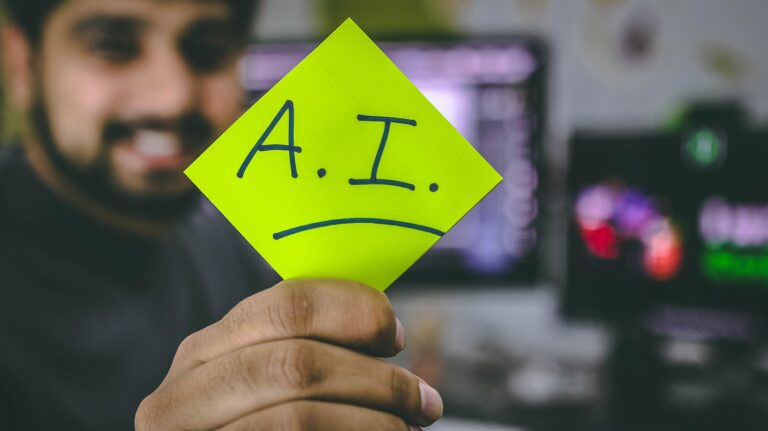AI will not assist a company’s bottom line in the majority of jobs it is used to replace human labor in.
According to the findings of a study that was carried out by FutureTech, an interdisciplinary organization at MIT that focuses on computer trends, it appears that artificial intelligence might not rapidly replace human workers as some people believe it will. The use of artificial intelligence (AI) typically costs more than simply staying with professionals, which makes it a questionably attractive alternative from a purely financial point of view. This is because AI does not provide businesses with a low-cost approach to boost their business revenue.
A poll was conducted by FutureTech, along with specialists from IBM’s Institute of Technology and the Productivity Institute of the United Kingdom, concerning workers in a variety of different businesses. In the following step, they modeled the cost of replacing the labor of those workers with that of AI. When thinking about the impact that artificial intelligence will have on the labor market, desk jobs are typically the first thing that comes to mind. However, the 45-page working paper that FutureTech has produced also takes into consideration workers in agriculture, bakers, teachers, medical laboratory technicians, mental health counselors, and professionals from a variety of other verticals. In the majority of instances, the researchers discovered that human labor is still more cost-effective than artificial intelligence systems that generate the same results.
The article states that “we find that only 23% of worker compensation ‘exposed’ to AI computer vision would be cost-effective for firms to automate due to the large upfront costs of AI systems.” This is due to the fact that AI systems have a high initial investment. There is a significant financial investment required to gain access to, maintain, and eventually improve upon AI models; but, for the majority of enterprises, this expense is difficult to justify.
Size of the organization is another consideration. According to a piece published by FutureTech, “the majority of businesses are, and will likely continue to be, too small to develop computer vision in a cost-effective manner to replace their existing workers.” It is possible that businesses with relatively small workforces will be unable to justify the high cost of artificial intelligence (AI), despite the fact that companies such as Google and Duolingo are large enough to replace part of their employees with AI.
Nevertheless, this does not mean that the impact that AI will have on the labor market can be disregarded. Not only is it feasible from a cost standpoint to replace one in every four human workers with artificial intelligence, but approximately fifty percent of tasks can be automated, at least partially, with big language models. Because of this fact, businesses might decide to implement artificial intelligence (or even employ it to replace parts of their human workforce) only for the purpose of increasing their productivity. There is also the possibility that the installation of AI could become more inexpensive as costs decrease or if its capacity to automate processes increases. A considerable correlation between artificial intelligence and job displacement is likely to remain significant, according to the experts.
Nevertheless, in the interim, the formulation of AI policies and plans for lateral mobility could be of assistance in mitigating the influence that the technology has on the livelihoods of workers. Considering that “our findings suggest that AI job displacement will be substantial, but also gradual,” the researchers conclude, “there is therefore room for policy and retraining to mitigate the impacts of unemployment.”

